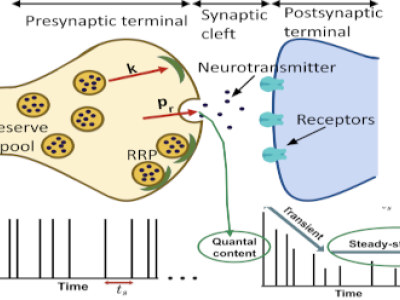Self-Assembly at surfaces: Crystalline structures, Phase transitions and Functionality
This research explores the evaporative self-assembly of nanoparticles as a method for fabricating controlled nanostructures. By carefully manipulating factors such as nanoparticle concentration, substrate properties, and surfactant addition, we have successfully produced a diverse range of structures, including periodic rings, stripes, coffee-ring deposits, and phase-separated domains.
We have delved into the underlying mechanisms governing these processes, elucidating the role of droplet contact line dynamics, particle interactions, and Marangoni flow. Specifically, we have investigated how the stick-slip motion of the droplet contact line, the interplay between coulombic and steric interactions among nanoparticles, and the formation of depletion zones influence the final structure morphology. Additionally, we have explored the effects of surfactant-induced Marangoni flow and nanoparticle concentration on the deposition patterns and phase separation.
The versatility of the ESA technique is demonstrated by our ability to systematically tune particle-substrate and particle-particle interactions, resulting in various nanorod arrangements suitable for sensing and detection applications.




